Can Opener
The use of screen-printed graphics is difficult to counterfeit, security features are good, rich layering, three-dimensional, and enhance the competitiveness of products, many corrugated boxes layout began to use screen graphics to highlight the product. Rich layout, but also improve the packaging quality of the product. In the packaging design, the graphic expression and visual impact are strong and can easily attract people's attention.
Using screen printing technology:
First of all, we must work hard in the draft: For corrugated box printing, the screen is too dense and can easily cause stencil printing. If the screen is too thin, the details of the graphics will be lost, which will affect the graphics effect. Therefore, the production must be accurate. Graphics divided into vector and bitmap, the screen processing method is different, for the vector diagram, to control the gray level, gray level changes to reflect the level, the size of the gray screen determines the size and thin thick. Handle the scanned image.
Then converted to grayscale mode, and then use PHOTOSHOP filter Pixelatecolorhalfone to deal with, the size of the screen to be adjusted according to the graphics grayscale parameters in the colorhalfone dialog box, get the screen conditions suitable for printing conditions.
After the completion of the post-vector graphics and bitmap processing, the negative output of the printing plate must be output via the output center. The number of output screen lines also determines the important parameters of the screen number of the graphic. The larger the screen number, the more the number of screens will be output. Be sure to choose the right number of network cables.
Third, in the process of making a screen pattern, we must consider the number of grayscale graphics and output lines of vector graphics, as well as the halftone processing graphics of the bitmap and the number of output network lines, in order to obtain the overall net-shaped effect. Under normal circumstances, as much as possible to avoid the printing of the screen pattern and the large area color pattern in the same block, if the large area color pattern and the screen pattern are separately printed, the pressure adjustment and the color control are much simpler. After the design draft is output as a negative film, plate making can be carried out. The resin plate used to make the screen pattern requires a higher hardness of 45. -50. ShoreA is suitable, and the material with low elasticity and slow denaturation recovery can ensure better reproducibility of the screen pattern. The production of the silkscreen resin plate on the same product package is carried out as much as possible at one time.
Fourth, it is extremely easy to see differences in the depth of screen printing at different times, resulting in different effects. If the screen plate cannot be processed at one time, the back-exposure, main exposure, rinse, drying, de-sticking, and post-processing time must be strictly controlled during the plate making, so that each processing data is consistent, so as to obtain the same effect of the screen resin plate. When designing a screen graphic, it is also important to consider the number of screen lines of an anilox roller in a company's printing press. Correct selection of the anilox roller is very important and determines success or failure. The plating roller is the most common type. With the widespread use of back-scraping blades and the promotion of new high-speed printing presses, rapid wear of the anilox roller is a problem. Many companies have started to use ceramic ink rollers with wear resistance. Its grace is good for screen printing. When the same color printing includes full plates and screens, the thickness of the full plate portion can be increased by 0.15 to 0.30 mm in favor of improving the plate pressure and the printing pressure.
Fifth, there will be screen enlargement during printing, which requires the printer to minimize the pressure adjustment to obtain the smallest screen expansion, and make detailed records of the adjustment parameters of the printing press so that the same printing effect can be tracked later. After printing, the screen resin plate should be immediately cleaned to prevent the ink from drying on the plate, causing the screen to clog, resulting in a bad plate.
Firm can opener with ultra sharp & sturdy stainless steel blade, large easy-to-turn knob and ergonomic silicone non-slip handle can easily locks onto most cans allows fast, safe and efficient opening through the thickest metal cans. The Can Opener Manual allows you to enjoy canned foods with ease!
Safety Can Openers open cans easily - Washable smooth gliding built-in can opener with magnet lifting lid off can and lever releases lid for easy disposal, leaving smooth edges on both can and lid, so the lids can be safely removed and reused. No sharp edges on can or lid or metal shavings in your foods.
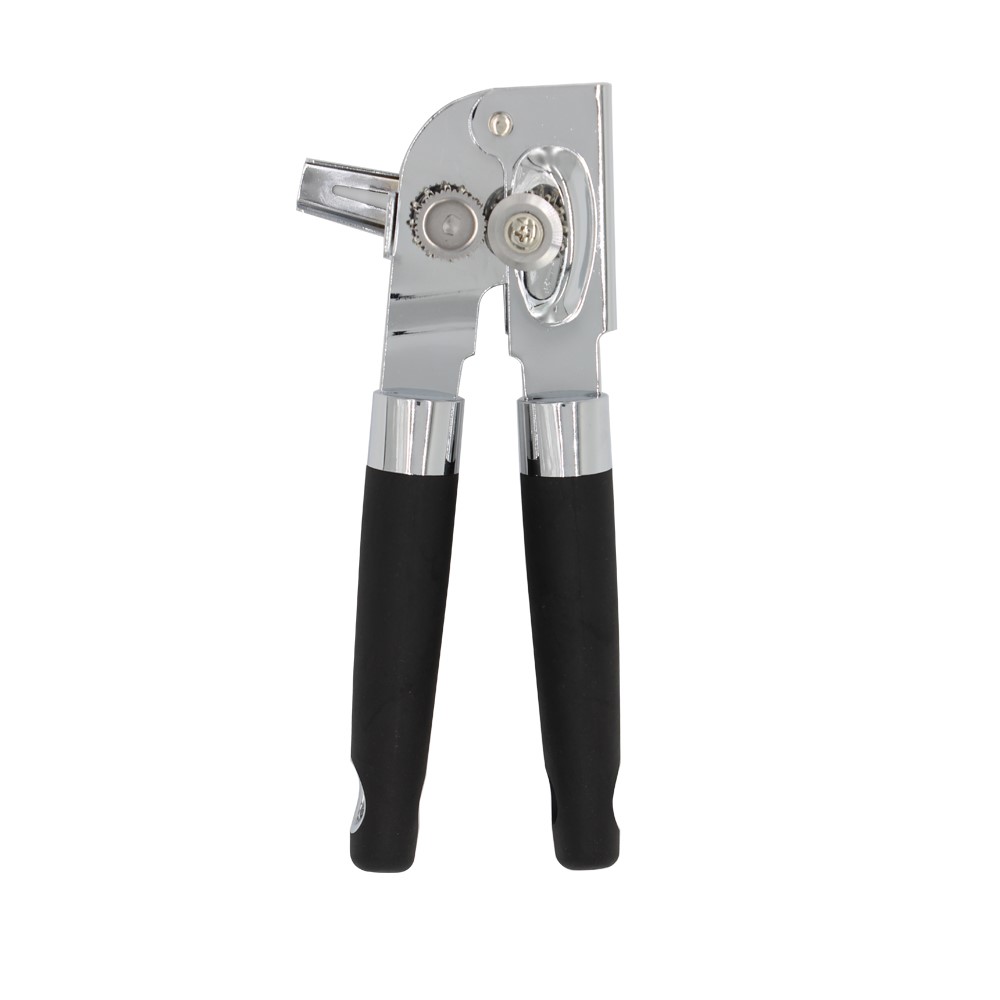

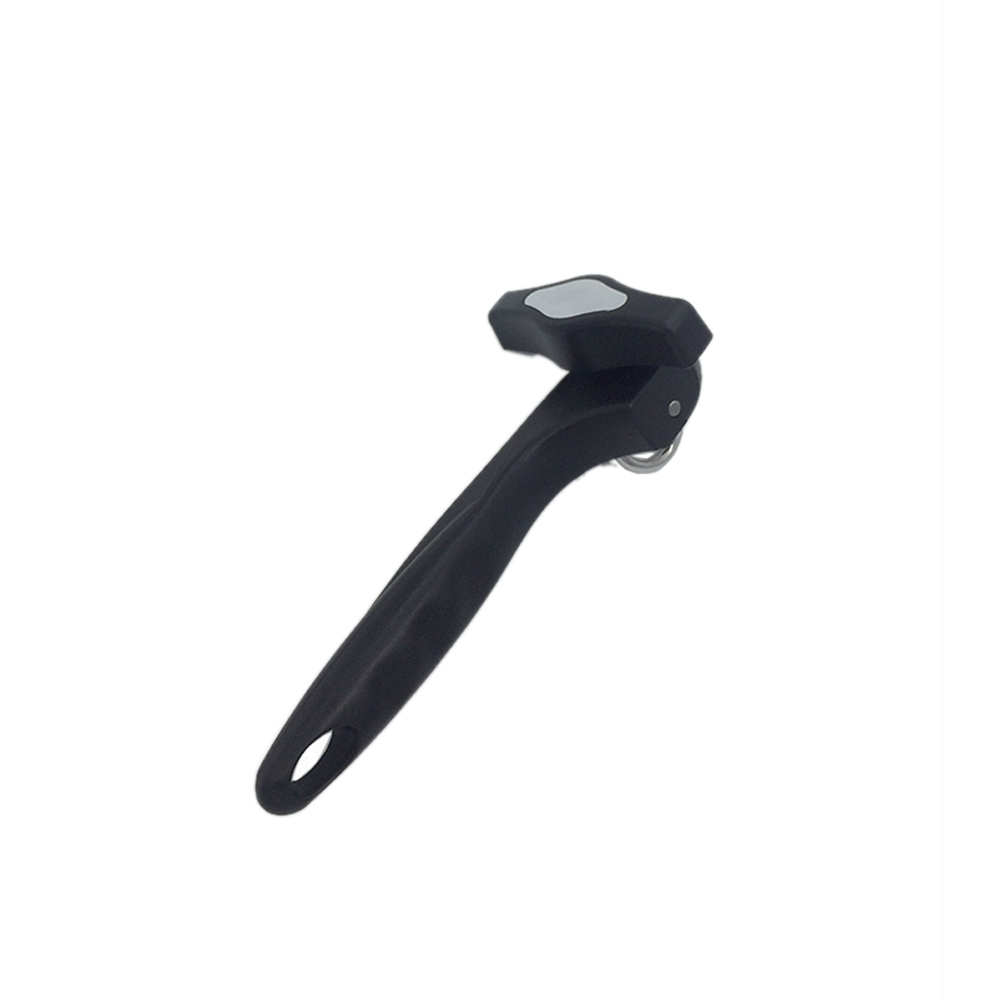
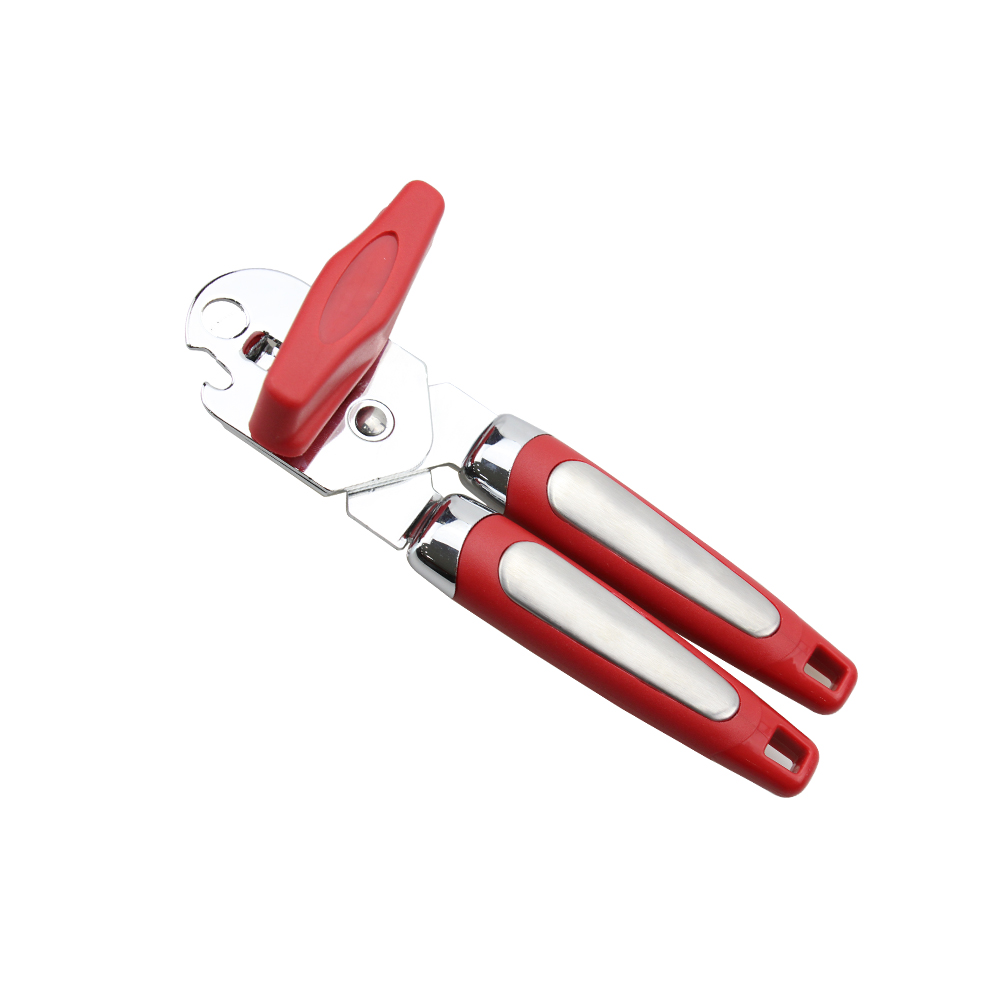
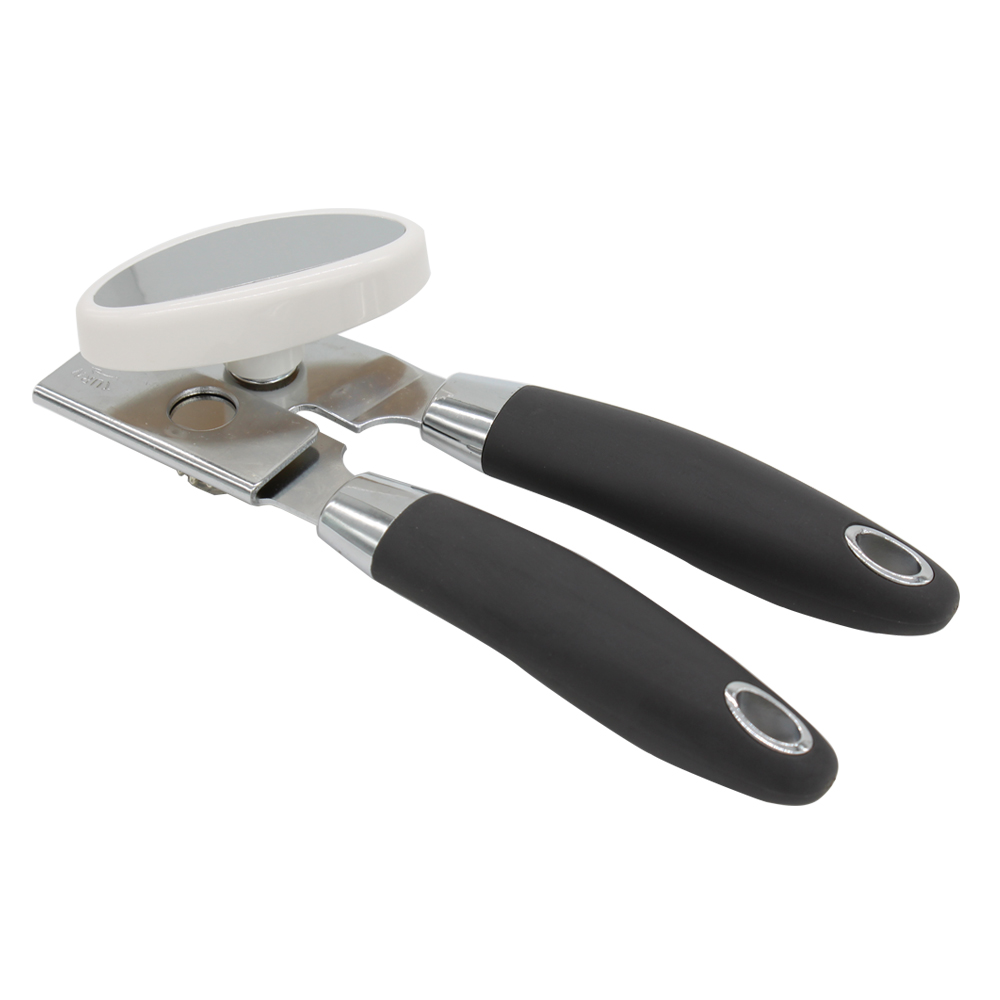
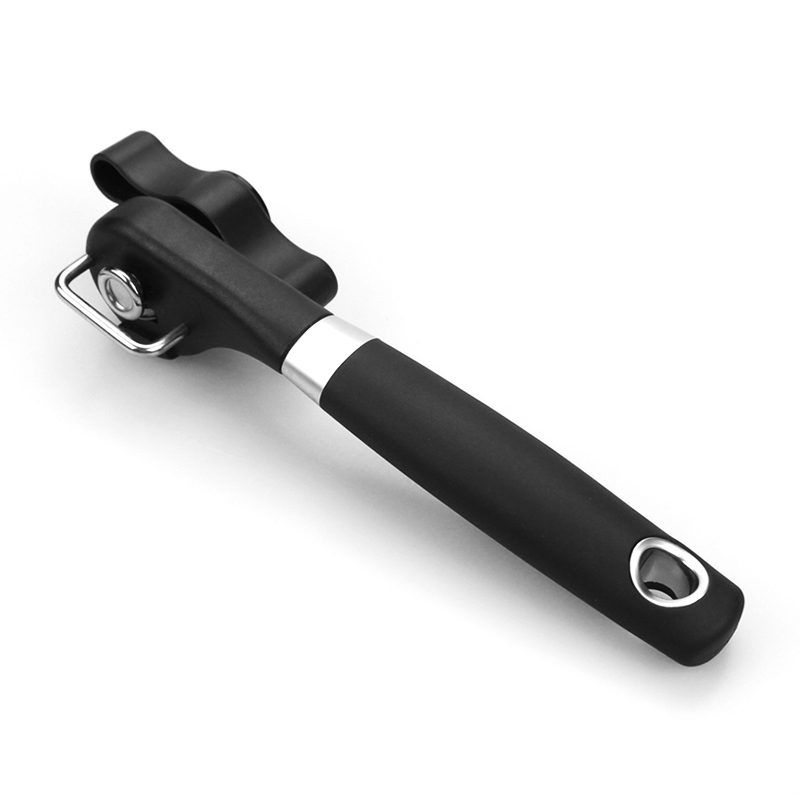
Can Opener
Can Opener,Manual Can Opener,Stainless Steel Can Opener,Kitchen Can Opener
YANGJIANG TOALLWIN TRADING CO., LTD , https://www.kitchenknife.de